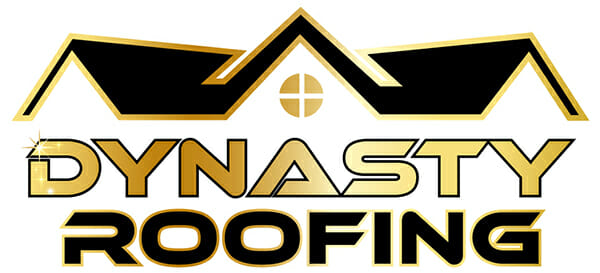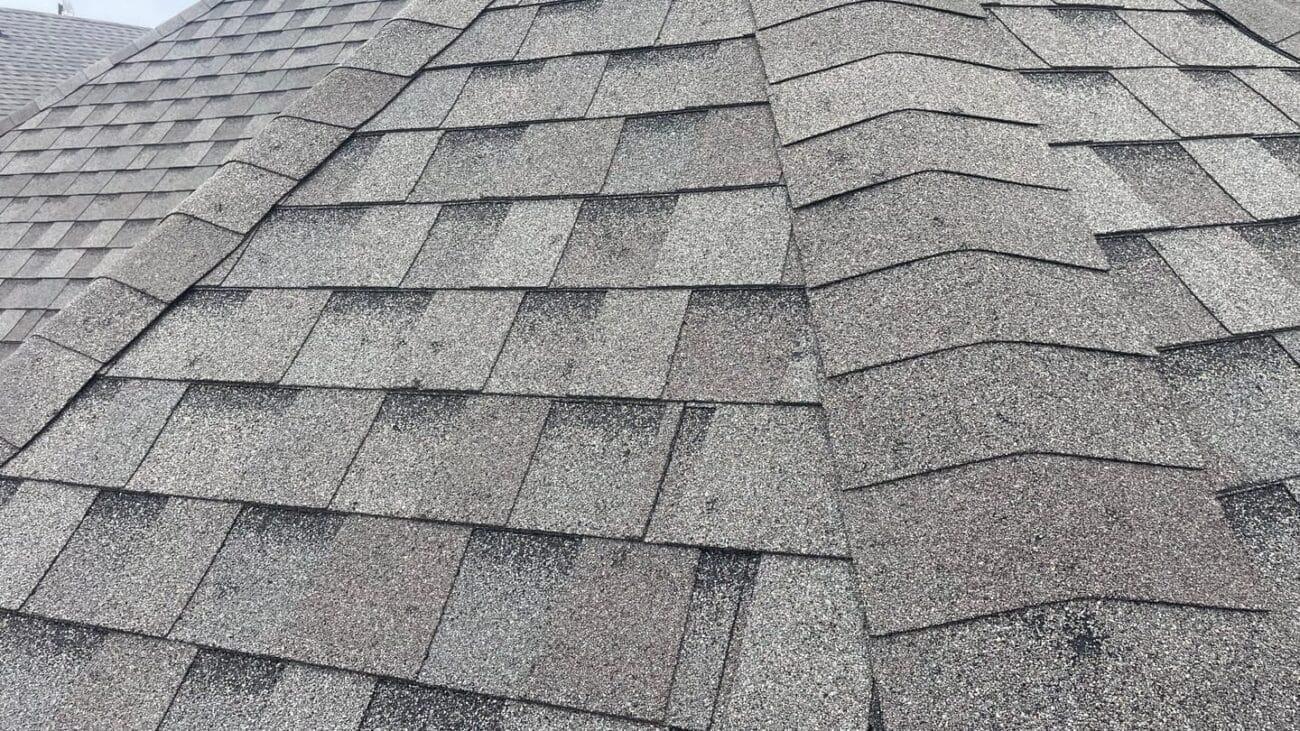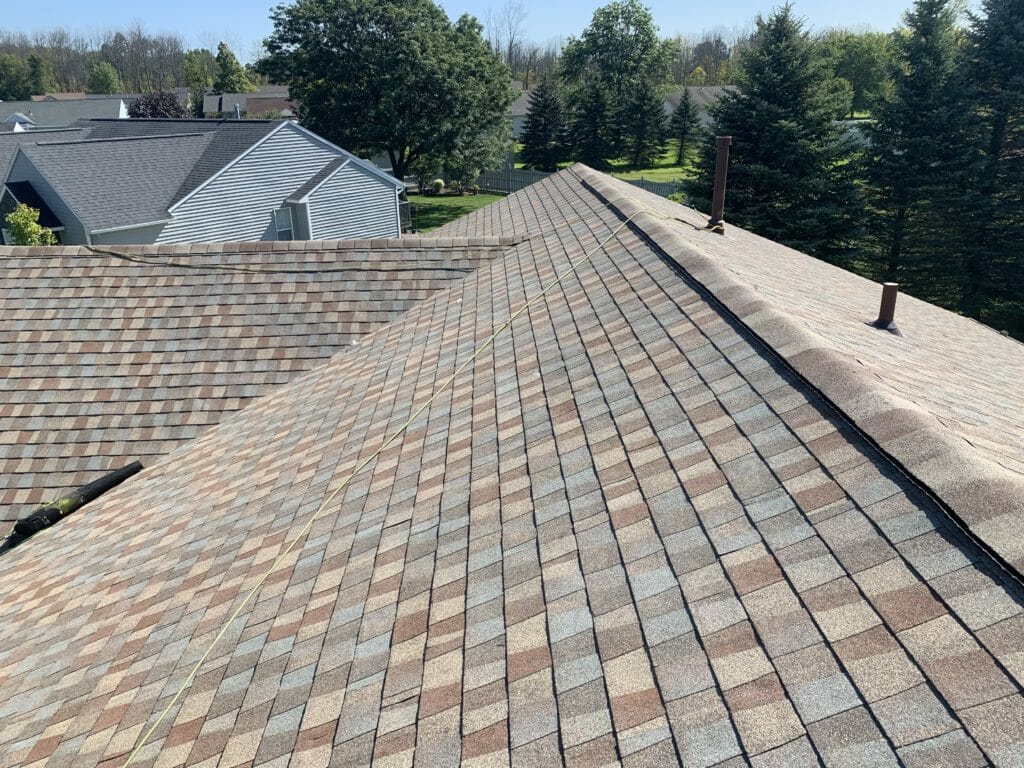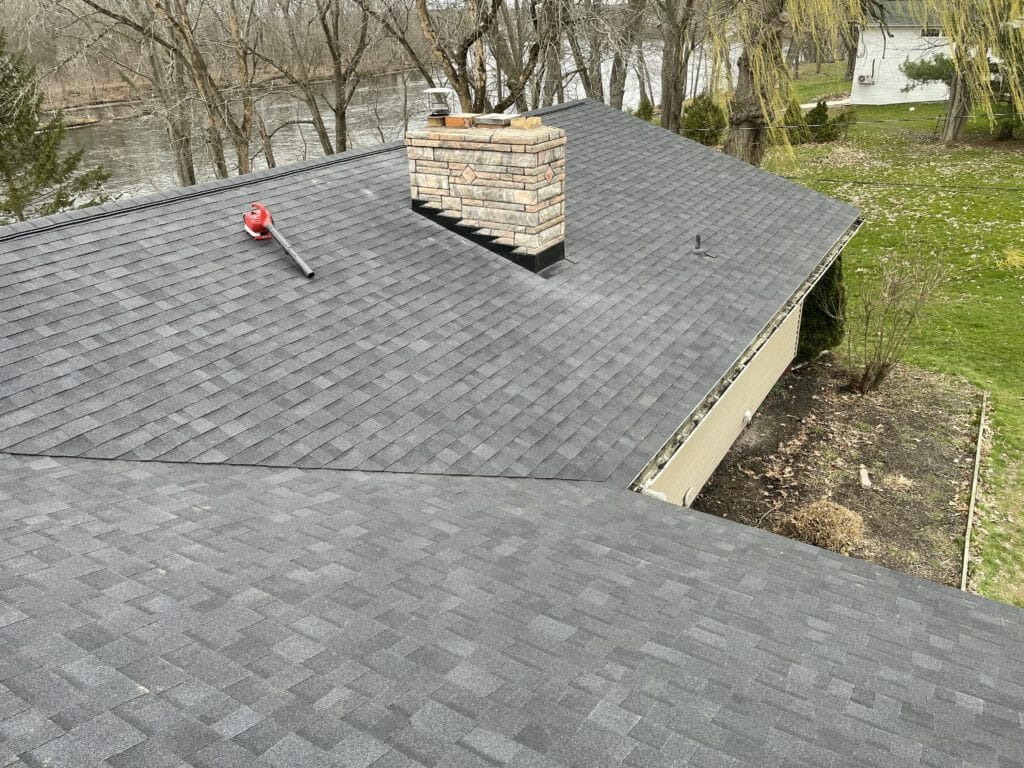Hail can be a real menace to your roof, causing dings, dents, and even punctures. But how do you know if those marks are just surface-level or a sign of more serious damage? As a homeowner, it’s important to be able to identify hail damage and know when it’s time to call in the experts for a roof replacement.
We’ve all been there, squinting at our roofs after a nasty storm, trying to figure out if those ominous marks are going to drain our savings. It’s a real concern, and I totally get it. Allow me to share some battle-tested tips on how to spot hail damage and decide whether a roof replacement is necessary.
Table Of Contents:
- Spotting Hail Damage on Your Roof
- When to Consider a Roof Replacement
- Navigating Insurance Claims for Hail Damage
- Choosing the Right Roofing Material for Hail Prone Areas
- Hiring a Professional Roofing Contractor
- Conclusion
Spotting Hail Damage on Your Roof
Hail storms can wreak havoc on your roof, leaving behind a trail of destruction that’s not always easy to spot from the ground. But if you know what to look for, you can identify the telltale signs of roof hail damage and take action before it’s too late.
Identifying Dents and Splatter Marks
One of the most obvious signs of hail damage is the presence of dents and splatter marks on your roof. These marks are caused by the impact of hail stones hitting your roof at high speeds. Look for dents on your roof vents, gutters, and other metal surfaces. Splatter marks, on the other hand, are usually found on the shingles themselves and can indicate the force of the hail impact.
The Golf Ball Effect
In severe cases, hail damage can make your roof look like it’s been hit by a barrage of golf balls. The impact of large sized hail stones can create a dimpled effect on your shingles, similar to the surface of a golf ball. If you notice this kind of damage, it’s a clear sign that your roof has been subjected to some serious storm damage and may need to be replaced.
When to Consider a Roof Replacement
So, how do you know when it’s time to replace your roof after a hail storm? The answer depends on the size of the hail and the extent of the damage. As a general rule of thumb, hail that’s around 1 inch in diameter or bigger is capable of causing significant damage to your roof. This is the point at which you should start considering a roof replacement. Insurance adjusters typically test a 10′ x 10′ square span of your roof for hail marks. If they find 7-10 hail impact marks within that area, they’ll likely recommend a complete roof replacement.
Navigating Insurance Claims for Hail Damage
If you suspect that your roof has been damaged by hail, the first step is to contact your homeowners insurance company. They’ll send out an adjuster to evaluate the damage and determine whether it’s covered under your policy. The insurance claims process can be a bit daunting, but it’s important to stay on top of it. Make sure you document the damage with photos and keep detailed records of all your communications with the insurance company. If the adjuster finds significant damage, they’ll likely approve repairs or a replacement. But if they deny your claim, don’t be afraid to appeal their decision or seek a second opinion from a reputable roofing contractor.
Choosing the Right Roofing Material for Hail Prone Areas
If you live in an area that’s prone to hail storms, it’s important to choose a roofing material that can withstand the impact of hail stones. Some of the most resilient options include:
- Metal roofing: Metal roofs are incredibly durable and can withstand even the largest hail stones without sustaining damage.
- Asphalt shingles: While not as tough as metal, high-quality asphalt shingles can still provide decent protection against hail damage.
- Wood shingles: Wood shingles are a bit more vulnerable to hail damage than other materials, but they can still be a good choice if you live in an area with moderate hail storms.
Hiring a Professional Roofing Contractor
When it comes to inspecting and repairing hail damage, it’s always best to hire a professional roofing contractor for a roof inspection. They have the expertise and experience to spot even the most subtle signs of damage and recommend the best course of action. Look for a reputable roofing company with a proven track record of dealing with hail damage. They should be licensed, insured, and willing to provide references from past clients. A professional roofing contractor can also help you navigate the insurance claims process and ensure that you get the coverage you deserve.
Spot hail damage early by looking for dents, splatter marks, and the “golf ball effect” on your roof. If you find it, act fast to assess and fix the issue. When big hail hits or if an adjuster finds enough damage, consider a full replacement. Always work with pros for inspections and repairs, especially in hail-prone areas.
Conclusion
So, there you have it – a crash course in spotting hail damage and knowing when it’s time for a roof replacement. It’s not always easy to tell if those dings and dents are just surface level or a sign of something more serious. But by keeping an eye out for key indicators like dented vents, splatter marks, and that telltale “golf ball” texture, you’ll be better equipped to make the call.
And if you do need to replace your roof due to roof hail damage, don’t panic. Work with a reputable roofing contractor and your insurance company to navigate the claims process and get your home back in tip-top shape. With the right knowledge and a little bit of patience, you’ve got this!





